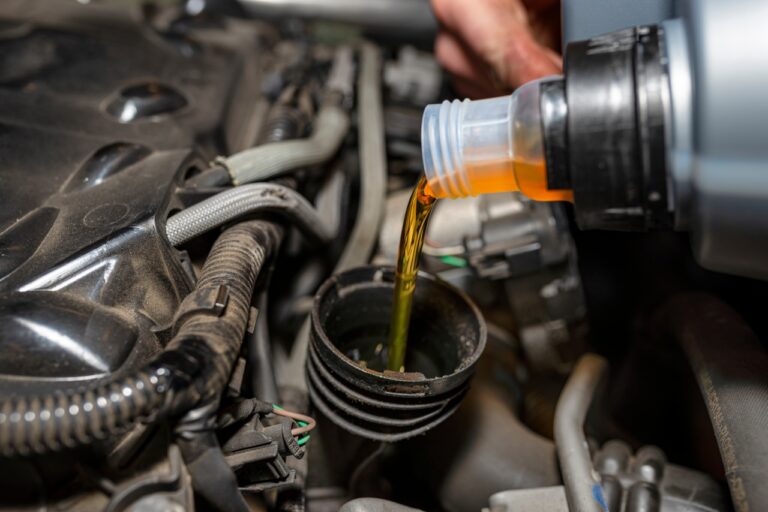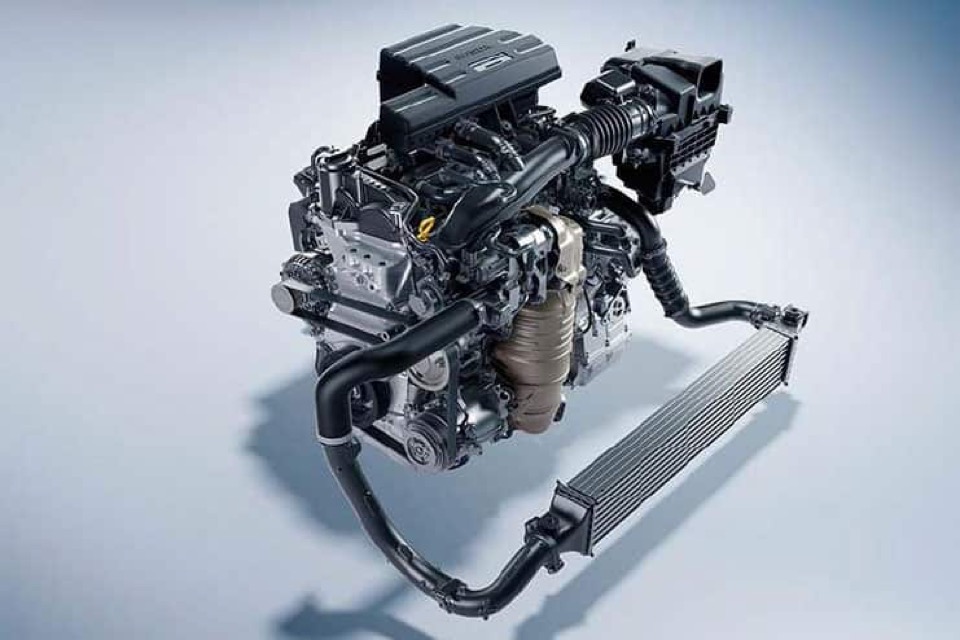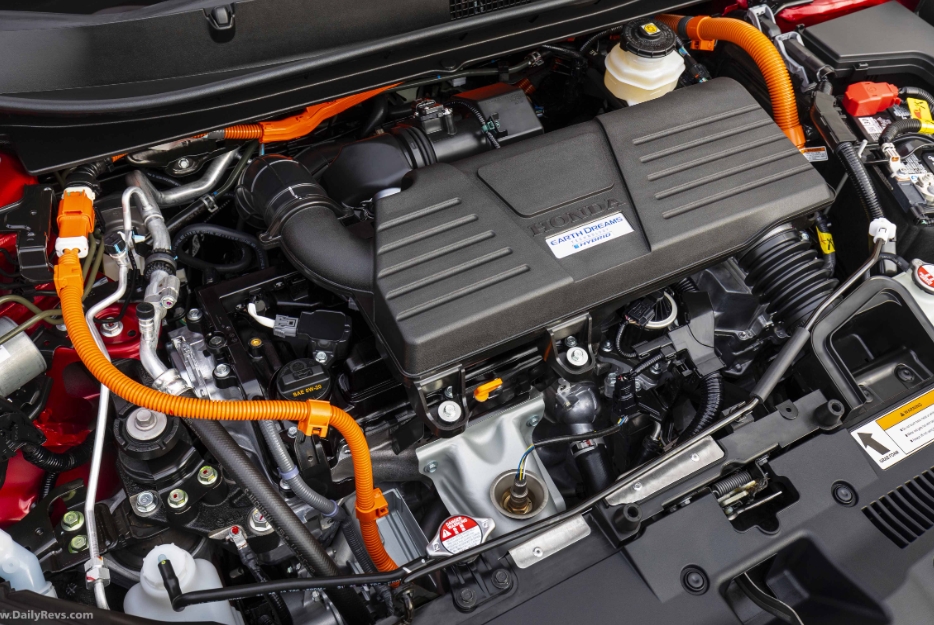Understanding Oil Dilution in the 2025 Honda CR-V: A Comprehensive Guide
Understanding Oil Dilution in the 2025 Honda CR-V: A Comprehensive Guide
Introduction
With enthusiasm, let’s navigate through the intriguing topic related to Understanding Oil Dilution in the 2025 Honda CR-V: A Comprehensive Guide. Let’s weave interesting information and offer fresh perspectives to the readers.
Table of Content
Understanding Oil Dilution in the 2025 Honda CR-V: A Comprehensive Guide

The 2025 Honda CR-V, like many modern vehicles, utilizes advanced technologies aimed at enhancing fuel efficiency and reducing emissions. One such technology, direct injection, while offering significant advantages, can inadvertently lead to a phenomenon known as oil dilution. This article delves into the intricacies of oil dilution in the 2025 Honda CR-V, providing a comprehensive understanding of its causes, effects, and potential solutions.
What is Oil Dilution?
Oil dilution refers to the contamination of engine oil with fuel. In a typical gasoline engine, fuel is injected into the combustion chamber, where it ignites and drives the pistons. However, in direct injection systems, fuel is sprayed directly into the cylinders, bypassing the intake manifold. This direct injection process can result in a small amount of unburnt fuel entering the crankcase, where it mixes with the engine oil.
Causes of Oil Dilution in the 2025 Honda CR-V:
- Direct Injection Technology: The 2025 Honda CR-V, equipped with a direct injection engine, is particularly susceptible to oil dilution. The precise injection of fuel into the cylinders increases the likelihood of fuel entering the crankcase.
- Short-Distance Driving: Frequent short trips, where the engine doesn’t reach optimal operating temperatures, can contribute to oil dilution. This is because the engine oil doesn’t have enough time to evaporate the fuel that has entered the crankcase.
- Cold Weather Starts: During cold starts, the engine requires more fuel to ignite, leading to a higher chance of fuel entering the crankcase.
- Engine Design: The specific design of the engine, including the piston rings, can influence the amount of fuel that enters the crankcase.
Effects of Oil Dilution:
- Reduced Oil Viscosity: The presence of fuel in the engine oil reduces its viscosity, making it thinner and less effective at lubricating engine components.
- Increased Engine Wear: Thinned oil offers less protection against friction and wear, potentially leading to accelerated engine wear.
- Engine Performance Issues: Oil dilution can cause engine misfires, stalling, and reduced power.
- Increased Oil Consumption: The diluted oil can burn off more readily, leading to increased oil consumption.
- Damaged Catalytic Converter: Fuel in the exhaust can damage the catalytic converter, leading to reduced emissions control.
Detecting Oil Dilution:
- Checking the Oil Level: Regularly checking the oil level and noting any significant increases could indicate oil dilution.
- Oil Dipstick Observation: The oil on the dipstick may appear cloudy or have a gasoline-like smell, suggesting fuel contamination.
- Engine Performance: Changes in engine performance, such as misfires or reduced power, can be indicative of oil dilution.
- Oil Analysis: Sending an oil sample for analysis can provide definitive confirmation of oil dilution and identify the extent of contamination.
Addressing Oil Dilution:
- Regular Oil Changes: Frequent oil changes help remove any accumulated fuel from the engine oil, minimizing the effects of dilution.
- Longer Driving Trips: Encourage longer driving trips to allow the engine to reach optimal operating temperatures, promoting fuel evaporation.
- Warming Up the Engine: During cold starts, allow the engine to warm up for a few minutes before driving to minimize fuel entering the crankcase.
- Driving Style Adjustments: Avoid aggressive acceleration and high RPM driving, which can increase fuel consumption and fuel entry into the crankcase.
- Engine Maintenance: Regular engine maintenance, including replacing worn piston rings, can help reduce the risk of oil dilution.
FAQs on Oil Dilution in the 2025 Honda CR-V:
Q: Is oil dilution a common problem in the 2025 Honda CR-V?
A: While not a universal issue, oil dilution can occur in the 2025 Honda CR-V, especially in vehicles driven primarily for short trips or in cold climates.
Q: Is oil dilution a serious issue?
A: If left unaddressed, oil dilution can lead to engine wear, performance issues, and even engine damage. However, with proper maintenance and awareness, it can be effectively managed.
Q: Can I fix oil dilution myself?
A: While frequent oil changes and driving style adjustments can help mitigate oil dilution, addressing the root cause may require professional intervention.
Q: Is there a recall for oil dilution in the 2025 Honda CR-V?
A: At this time, there is no official recall specifically for oil dilution in the 2025 Honda CR-V. However, Honda is aware of the issue and may issue updates or recalls in the future.
Q: What should I do if I suspect oil dilution in my 2025 Honda CR-V?
A: If you suspect oil dilution, it’s crucial to consult a qualified mechanic for diagnosis and appropriate action.
Tips for Preventing Oil Dilution in the 2025 Honda CR-V:
- Regular Oil Changes: Adhere to the recommended oil change intervals specified in the owner’s manual.
- Longer Driving Trips: Incorporate longer drives into your routine to allow the engine to reach operating temperatures.
- Warming Up the Engine: During cold starts, let the engine idle for a few minutes before driving.
- Driving Style Adjustments: Avoid aggressive acceleration and high RPM driving.
- Fuel Quality: Use high-quality gasoline to minimize the risk of fuel contamination.
Conclusion:
Oil dilution is a potential concern in the 2025 Honda CR-V, primarily due to its direct injection engine technology. While it’s a complex issue, awareness, proper maintenance, and driving habits can significantly minimize its impact. By understanding the causes, effects, and solutions related to oil dilution, owners can ensure the longevity and performance of their 2025 Honda CR-V. Regular oil changes, longer driving trips, and mindful driving practices are crucial steps in mitigating this potential issue and maintaining the health of the engine. It’s essential to consult a qualified mechanic for any concerns regarding oil dilution and seek professional advice for addressing the issue effectively.







Closure
Thus, we hope this article has provided valuable insights into Understanding Oil Dilution in the 2025 Honda CR-V: A Comprehensive Guide. We thank you for taking the time to read this article. See you in our next article!